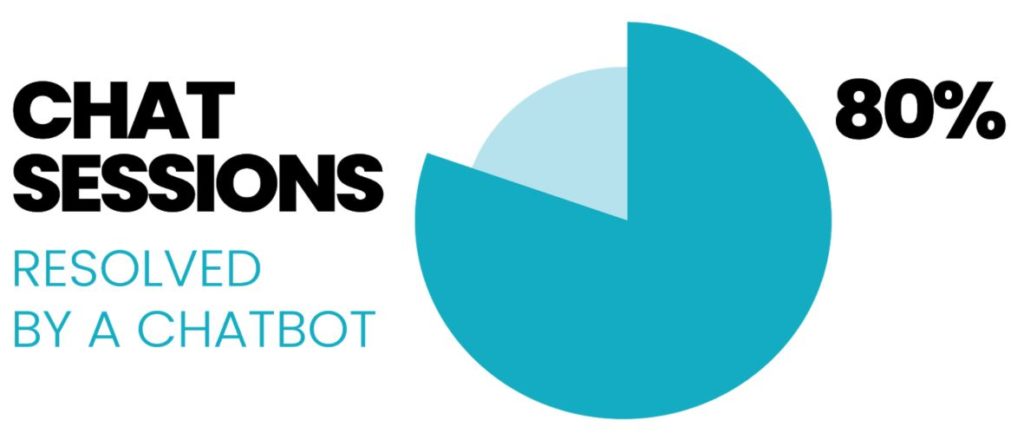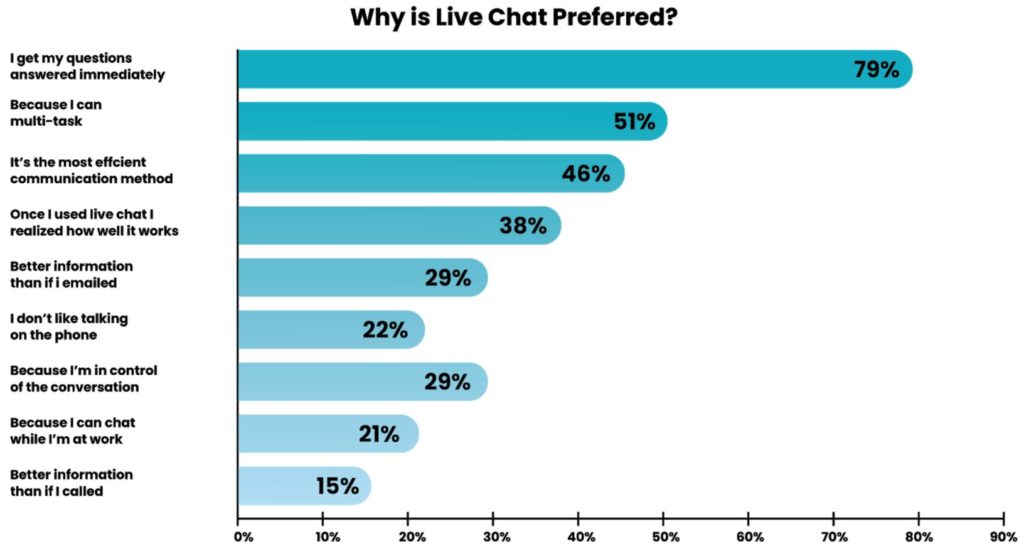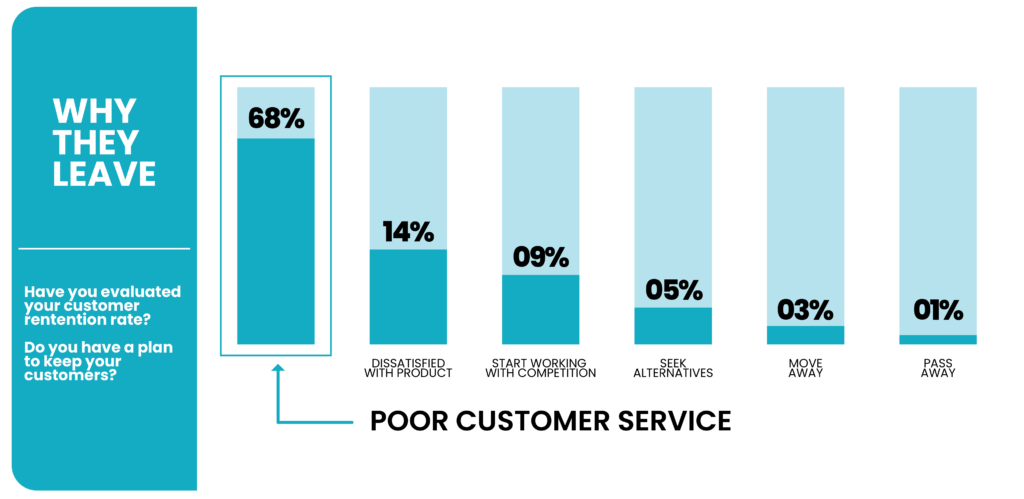How many times have you almost pulled your hair out in frustration, because you’ve been stuck on an IVRS (Interactive Voice Response System), punching in random numbers hoping to talk to a human being? Worse still, have you typed endlessly with a chatbot named ‘Max’ on a website, copying and pasting the phrase “I want to chat with a human” over and over again because the conversation was going around in circles and leading nowhere?
Or how about this. Have you sailed through the IVRS, keying in the required information in a few steps in order to pay bills like the electric or your phone, or conversed with a chatbot and been asked to choose from a few precise options, which eventually led to you getting a complaint lodged or maybe a refund issued? It’s safe to say that all of these experiences have happened to all of us when using automated customer service systems. The degrees of frustration or the scenarios may have varied, but for the most part, we have encountered all these situations at some point.
The birth of a solution, or a problem?
The flip side to all of this is that chatbots and IVR systems were born out of a very specific need. Quick and efficient service. The IVR is the grandfather of the chatbot and was conceived at a time before the internet became everything. It was probably the first form of ‘computerised’ service and was seen as a way to quickly guide people through mundane or routine tasks that would take up a customer service rep’s time, saving it instead for more complicated tasks. The idea of the chatbot in customer service is pretty much the same. When used effectively and configured with the right responses, a chatbot can be very effective in gathering routine information and providing answers to frequently asked questions.

Interestingly, there is a sizable number of people who actually prefer using automated services. A study by acquire.io showed that 80% of customer queries have been resolved by bots without any human supervision. In these ‘fast times’, many people abhor the question “may I put you on hold for 2 minutes while I find out this information?”. What they detest, even more, is the hold music that accompanies the five-minute wait, because two minutes is never two minutes. The same goes for live chats, where for what seems like an eternity, all you see is the word ‘typing’ blinking, yet nothing is coming through. It’s a Catch 22 that nobody can seem to solve.
Chatty Cathy – if that’s your real name
It’s pretty hard to trick someone into thinking that they’re chatting with a chatbot, but many companies try really hard though. They often give their chatbots names like Kim, or Gary, but we all know that they are not real people having real conversations. And that’s okay. If you actually think about it, chatbots are awesome! There are a number of great reasons why any company would want to invest in setting up an automated service like the one offered by More Service as part of their Service Desk utilities. The main reason is that many advanced chatbots no longer work with only the data they are given. Chatbots today use Artificial Intelligence, and they are able to pair conversational data with the visitor’s profile, thus enabling you to customise the entire experience. Moreover, AI chatbots can be trained to handle complex queries as well. But the most important advantage of a chatbot, is that it is scalable, cost-effective, and can handle volumes. Chatbots don’t really have a lot of work apart from handling customers for support or sales, which means they don’t need to take a break. This also means that you can have one chatbot handling 5000 customers, 24/7. The real Cathy would have fainted at the very thought of it. All this is done while reducing costs by up to 30% in some cases, as seen in a study by automation experts, IBM.

Even though close to 80% of consumers say they prefer live chat functions because they don’t have to wait on hold to get their questions answered immediately, chatbots do have their limitations. Chatbots are useful and most effective when the nature of customer queries are simple and repetitive. Anything beyond the script usually throws them off. What can be really challenging for most chatbots, AI included, is also the use of slang or community-specific phrases. Yes AI is evolving, but not so much that it can understand what a customer means when they say, “I got the short end of the stick”. Not far from this is the machine’s ability to interpret human emotion. Short of being sentient, all the AI in the world will not be able to handle empathy or conflict resolution when a customer is frustrated or angry. Nor will it be able to handle complex and unprecedented situations with logic and reasoning. This is where the need for human intervention comes in.
You have a friend in me
We still need a ‘Cathy’. Maybe not as many as we needed before, but a few. Because where the machines fail, the humans take over. There was a time when the computers were the backup, but not anymore. A great example of this is at banks. Remember when money while being deposited or withdrawn at the teller, was counted by hand, and then cross-checked with the counting machine? Now, it’s the other way around. As soon as the money is handed over, it goes straight into the counting machine, because in most cases, it doubles as a counterfeit scanner. Any doubts are cross-checked by the teller. And the same applies to online customer support. In a growing number of scenarios, humans are present to provide much-needed backup to sales and customer service, especially when required to respond contextually
while sensing the emotions of a customer. Speaking of context, one major advantage that humans have over their mechanical counterparts is reasoning. Spelling mistakes and bad grammar is not a problem for the human agent. Where the chatbot fails, the humans excel.
But it’s not all smooth sailing. There are many limitations to the human mind and body. For starters, customer service and sales reps can probably manage two to three simultaneous chats while maintaining zero error and a quick response time. Chatbots, on the other hand, can respond immediately and effectively (within reason) to hundreds of chats at the same time. What’s more, the utilization of human resources is wasteful when answering the same queries over and over again. Basic bill details, balance inquiries, or common requests take up time that human agents don’t have. Things like this are honestly best left to the machines.

On the same page
At the end of the day, no company can say that they are willing to invest in chatbots or human service agents for themselves – because they don’t. When all is said and done, they are doing this for the customer. A recent study by entrepreneur.com shows that 68% of customers leave businesses because of poor customer service. So is it possible that the humans and the machines can work together? Surely. Artificial intelligence and Machine Learning is evolving to the point where the same manual that is being used to train humans, is being used to train chatbots. More Service allow businesses to build their own bot as part of their service desk. The automated chatbots can be created in minutes with ready to use templates and an intuitive interface, and thanks to its open API, can be linked to third party apps. But what takes it a step further is how both the chatbot and its human counterparts are literally on the same page.
Chatbots like the ones offered by More Service need to learn from somewhere. To make them effective, the chatbot relies on a Knowledge Database for its answers, the same database that is used by human agents which is constantly updated as and when protocols change or new issues arise. This means that as agents find solutions to new problems and challenges, the AI keeps getting smarter. It’s a symbiosis that highlights the need for human-machine dependency because, as we established earlier, where one fails, the other shines. Will the machines take over the world? Probably not. Do you think they can take over your customer support completely though? Let us know your thoughts in the comments below. And if you would like to know more about how More Service can help automate your customer journey, then get in touch with the More Service chatbot.

